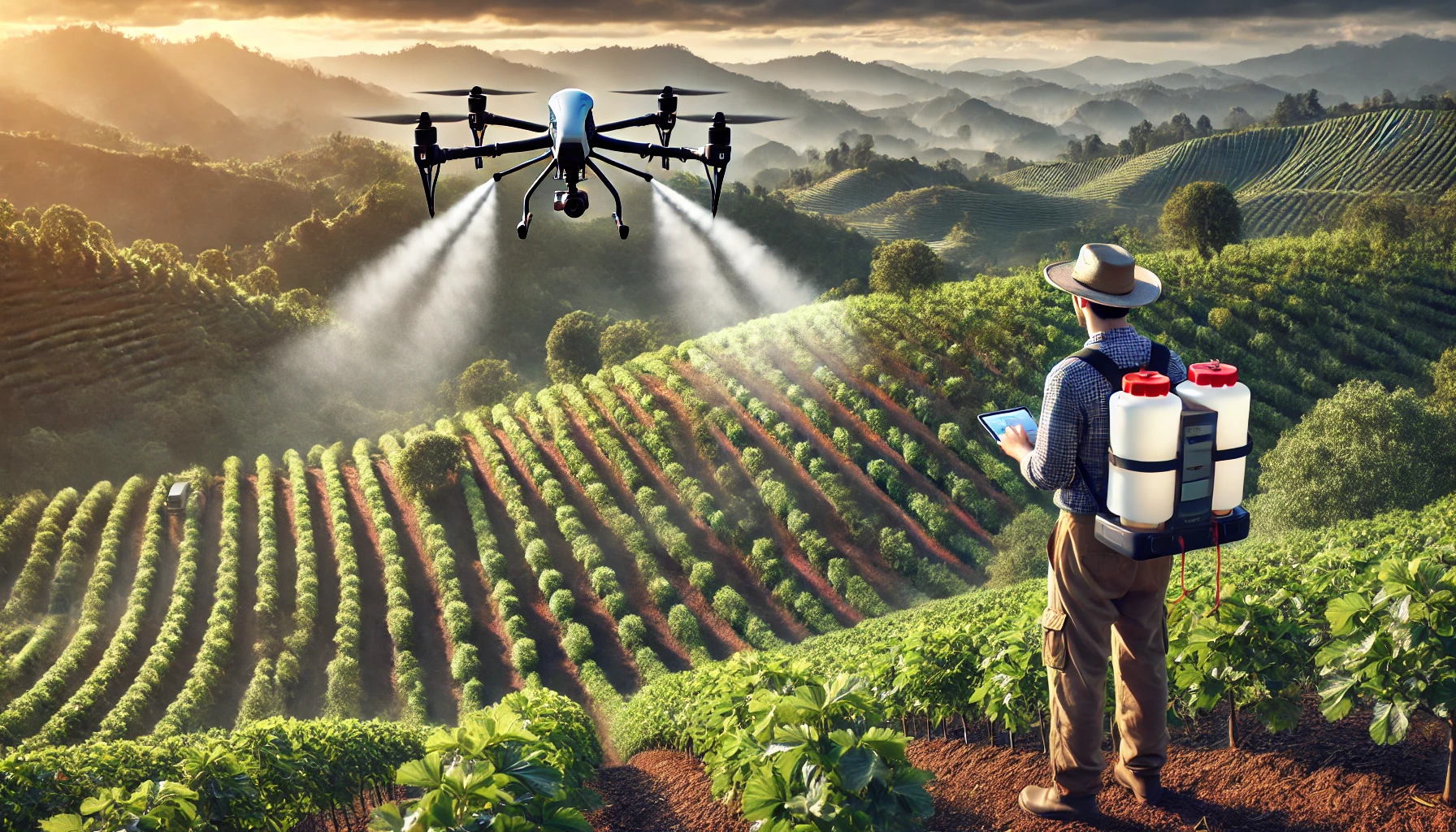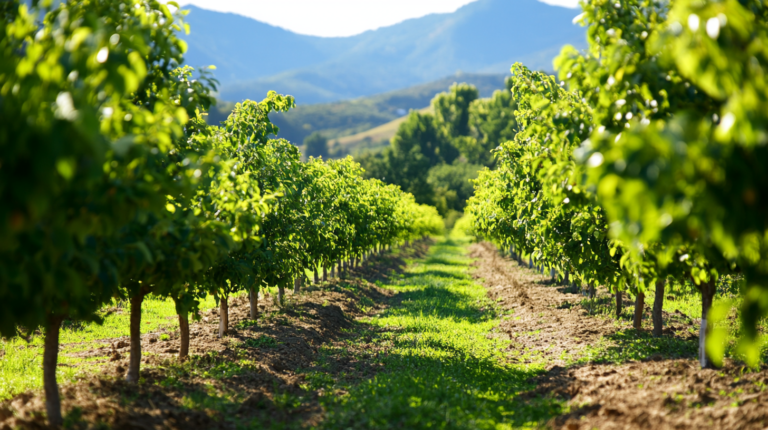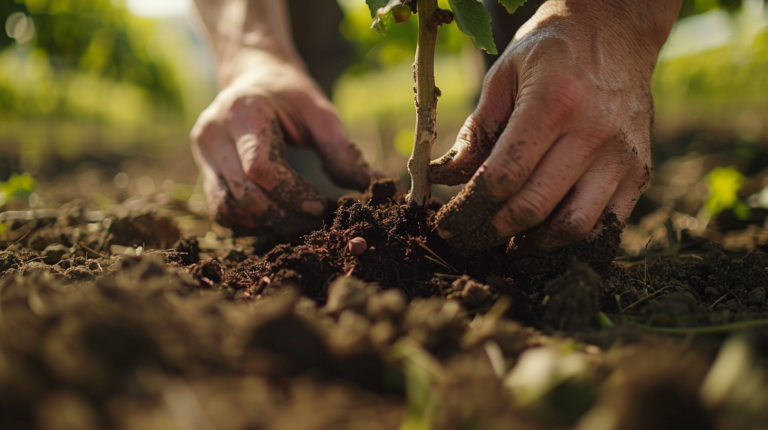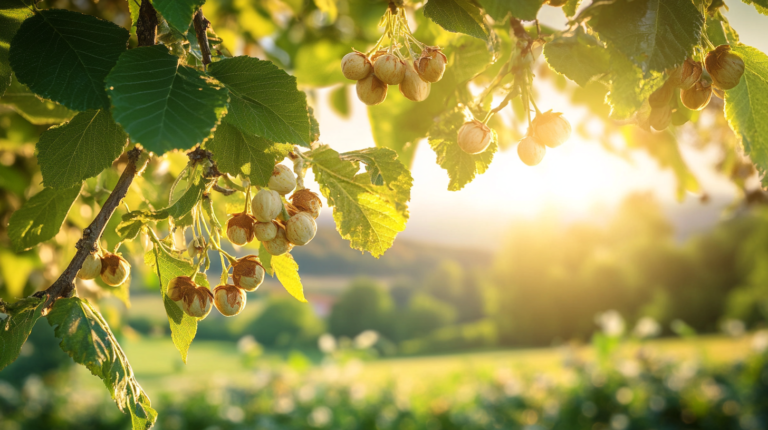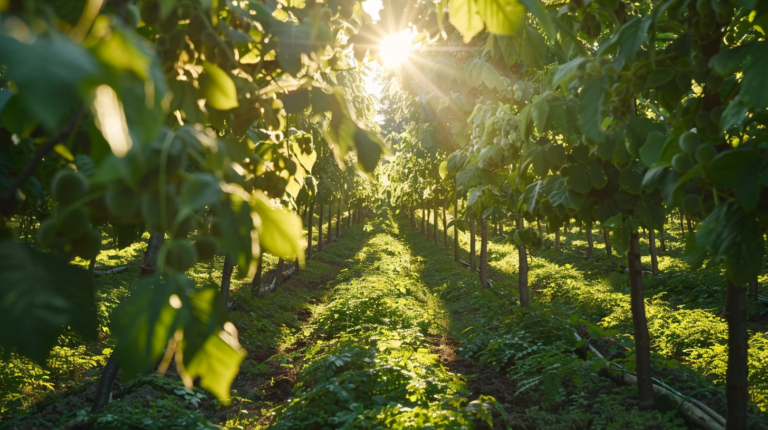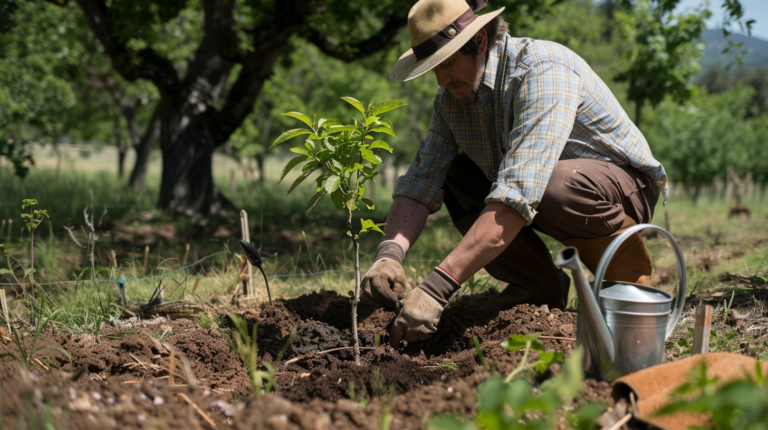Revolutionizing Hazelnut Drone Farming
Drones are revolutionizing hazelnut farming by enabling precise, data-driven agricultural practices that improve yield, reduce environmental impact, and address labor challenges. As the global demand for hazelnuts grows, particularly for confectionery and plant-based products, growers increasingly adopt unmanned aerial vehicles (UAVs) for orchard monitoring, targeted spraying, and health assessment. This transformation aligns with broader precision agriculture trends projected to dominate farming practices by 20254.
Monitoring and Data Collection
Modern drones equipped with multispectral sensors and LiDAR create detailed 3D maps of hazelnut orchards, capturing data on canopy structure, leaf area index, and individual tree geometry1. These systems detect microvariations in plant health by analyzing reflectance in near-infrared and red-edge spectra, identifying nutrient deficiencies or water stress weeks before visible symptoms appear4.
Key applications include:
- Yield prediction: Correlating canopy volume with nut production potential1
- Disease detection: Early identification of Eastern Filbert Blight (EFB) hotspots using thermal imaging2
- Irrigation management: Mapping soil moisture variations through NDVI (Normalized Difference Vegetation Index) analysis4
The EU-funded PANTHEON project demonstrates advanced integration, using drone-collected data to automatically regulate irrigation systems and recommend pruning strategies3.
Targeted Spraying Operations
Drone spraying addresses two critical hazelnut farming challenges: steep terrain in traditional growing regions and late-season pest management. In Oregon’s Willamette Valley, growers like Ken Baker use UAVs to apply treatments for filbert worm (Cydia latiferreana) when conventional tractors risk damaging heavy-laden branches2. Turkish trials show drones achieve 92% spray coverage on upper canopy layers versus 68% with backpack sprayers, while reducing chemical use by 30%6.
Optimal parameters for hazelnut spraying:
| Parameter | Recommendation | Effect on Coverage |
| Flight altitude | 1.5 m above canopy | Maximizes lower-leaf deposition |
| Spray rate | 3 L/hectare | Balances coverage and drift |
| Nozzle type | Teejet XR11001VS | Produces 150-250 μm droplets |
| Flight speed | 4-5 m/s | Maintains droplet density >40/cm²6 |
Drones particularly excel in mountainous Black Sea regions, where 73% of Turkish hazelnuts grow on slopes exceeding 20 degrees5. UAVs eliminate risks associated with manual spraying on unstable terrain while completing treatments 5x faster than ground crews6.

Operational and Economic Advantages
The shift to drone-based systems offers measurable benefits:
- Labor cost reduction: A single operator can manage 50 hectares daily versus 8 hectares with traditional methods6
- Water savings: Precision application cuts water use by 70% compared to air-blast sprayers2
- Safety improvements: Eliminates operator exposure to pesticides during application5
- Crop preservation: Avoids 3-5% yield loss from tractor-induced fruit drop during late-season operations2
While initial investments reach $35,000-$70,000 for commercial-grade systems, Oregon growers report ROI within two seasons through reduced chemical costs and premium yields24. Cooperative models like Pratum Co-op’s drone fleet (serving 300+ farms) make the technology accessible to smallholders through per-acre service fees2.
Integrated Pest Management (IPM) Enhancement
Drones strengthen IPM strategies through:
- Precision monitoring: Weekly NDVI maps detect pest hotspots before infestations spread
- Biological control: Targeted release of Trichogramma wasps to combat filbert worms
- Variable-rate spraying: Applying pesticides only to infected zones, preserving beneficial insects
Turkish trials demonstrate that integrating drone data with ground sensors reduces fungicide use by 40% while maintaining 98% efficacy against EFB5.
Case Studies: Global Implementation
Oregon, USA
Pratum Co-op’s 2024 program treated 8,200 hectares, showing:
- 22% reduction in pyrethroid use
- 15% yield increase in drone-sprayed blocks
- Zero reported pesticide exposure incidents2
Giresun, Turkey
A 2021 study of DJI Agras MG-1P drones revealed:
- 92% spray coverage on upper canopy vs. 68% with manual methods
- 5.2 L/ha chemical savings
- 87% farmer satisfaction rate with drone services6
European Union
The PANTHEON project’s SCADA system achieved:
- 18% water use reduction through sensor-guided irrigation
- 27% fewer sucker growths via robotic pruning
- Centralized health analytics for 14,000+ trees3
Technical Limitations and Solutions
Current challenges include:
- Canopy penetration: Only 35% of droplets reach lower branches at 2m altitude6
Solution: Multi-rotor drones with downward airflow (e.g., DJI Agras T40) improve penetration to 58% - Battery life: 15-20 minute flight times limit coverage
Solution: Swarm systems with 5+ drones working in coordination - Regulatory barriers: FAA/EASA restrictions on beyond-visual-line-of-sight (BVLOS) flights
Solution: Automated flight planning software with pre-approved routes
Future Directions
Emerging technologies promise further advancements:
- AI-powered disease diagnosis: Real-time image analysis during flight (patent pending, University of Oregon)
- Pollination drones: Experimental models carrying hazelnut pollen achieve 72% flower fertilization vs. 89% for bees
- Autonomous charging stations: Solar-powered pads enabling 24/7 operation
The hazelnut industry’s drone adoption rate is projected to reach 45% by 2027, potentially increasing global yields by 1.2 million metric tons annually while reducing agrochemical runoff by 300,000 tons46. As battery tech improves and regulations adapt, UAVs will likely become the standard tool for sustainable hazelnut production, particularly in regions grappling with climate change and labor shortages.
Sources
- https://www.mdpi.com/2072-4292/15/2/541
- https://wcngg.com/2024/10/12/drones-catching-on-in-tree-nut-orchard-applications/
- https://cordis.europa.eu/project/id/774571
- https://www.omdena.com/blog/precision-agriculture-2025-key-strategies-trends
- https://dergipark.org.tr/tr/download/article-file/2382177
- https://dergipark.org.tr/en/pub/jotaf/issue/73714/1105420
- https://www.sciencedirect.com/science/article/pii/S2589721724000163
- https://www.verifiedmarketreports.com/blog/top-7-trends-in-agriculture-drones/
- https://www.eavisionag.com/blog/liaoning-promoting-the-mechanization-of-hazelnut-plant-protection_b72
- http://www.diag.uniroma1.it/~labrococo/uav4pa/papers/uav4pa_03.pdf
- https://www.linkedin.com/pulse/agriculture-drone-technology-market-growth-key-trends-sisi-yui-tdhjc
